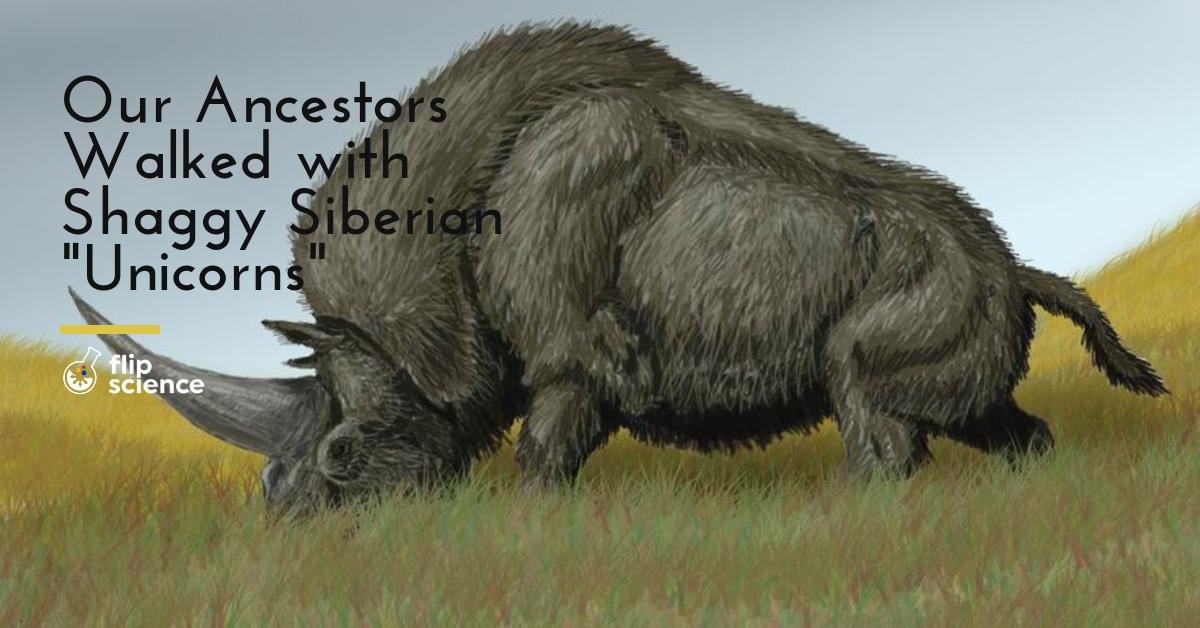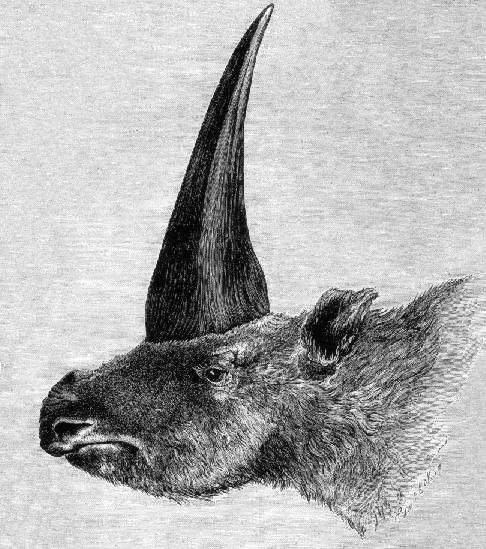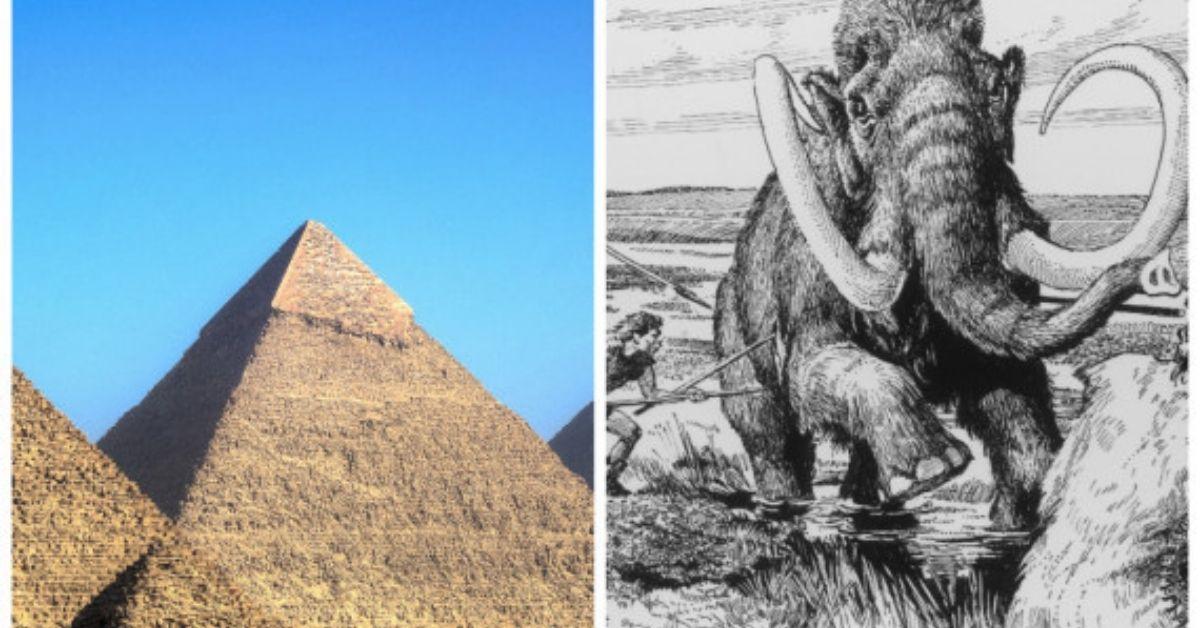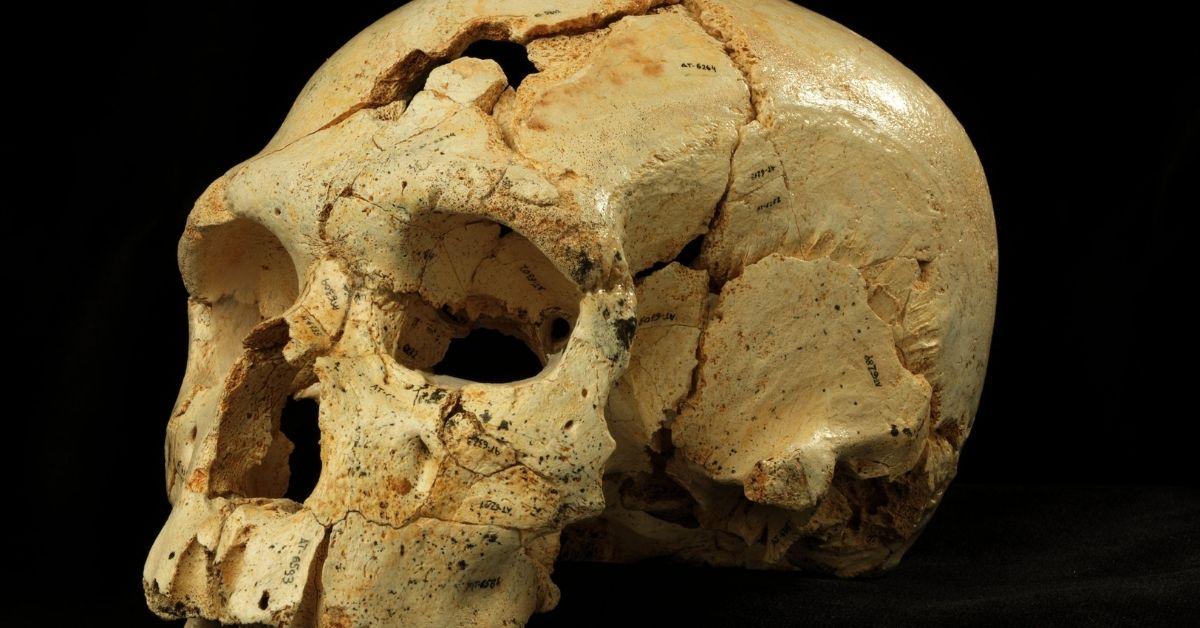
• New analysis of Elasmotherium sibiricum, an extinct species of single-horned Eurasian rhinoceros, reveals that the hair-covered “Siberian unicorns” lived alongside ancient humans up until 35,000 to 39,000 years ago.
• Research also suggests that they went extinct not because of human activity, but due to drastic climate change.
(Updated on June 21, 2020) When we hear the word “unicorn,” we tend to think of a white horse with a long, conical horn above its browline. Interestingly, actual “unicorns” did exist a long, long time ago, though they looked nothing like their popular mythical counterparts.
Nevertheless, Elasmotherium sibiricum‘s story — from existence to extinction — is a fascinating one.
Walking with unicorns
According to recently published findings in Nature Ecology & Evolution, the so-called Siberian unicorn thrived long enough to live alongside primitive man. Previously thought to have gone extinct about 100,000 to 200,000 years ago, the Siberian unicorn is now believed to have survived until 35,000 to 39,000 years ago, after the beginning of the late Quaternary megafaunal extinction event — the same global catastrophe that ended the likes of the woolly mammoth and the smilodon (saber-toothed cat).
Possibly looking like a cross between a bear and a rhino, Elasmotherium sibiricum was covered in hair. The massive mammal grew to about 15 ft (4.5 m) long, with shoulders approximately 6 ft 7 in (2 m) high. The bulky, tank-like creature also weighed roughly 7,700 lb (3,500 kg). It earned its “Siberian unicorn” nickname due to its enormous horn, which was about 3 ft (1 m) long.

Researchers from the UK, Netherlands, and Russia examined 23 Elasmotherium samples. They used an improved radiocarbon dating technique to determine the creature’s extinction date.
The study also marks the first successful attempt at extracting DNA from Elasmotherium fossils. Subsequent analysis revealed that Siberian unicorns diverged from modern rhinos on the evolutionary tree approximately 43 million years ago.
Starved to death?
Scientists believe that Siberian unicorns lived in Eastern Europe and Central Asia, alongside Neanderthals and modern humans who hunted them for food. (Meanwhile, early Africans found their way to the Philippines and the rest of Southeast Asia over 700,000 years ago, hunting giant rhinoceros for sustenance.)
However, findings show that what actually sealed Elasmotherium sibiricum‘s fate was not the presence of human hunters, but massive climate change.
At the time, the planet experienced many major and drastic shifts in climate. The Siberian unicorn mainly subsisted on tough grass in dry environments. Thus, they were likely unable to adapt to the dearth of food sources due to drought and desertification. Add that to the fact that they had a naturally low reproductive rate, and it becomes clear that the species was headed towards certain extinction.
Cover photo: Wikimedia Commons
References
- https://edition.cnn.com/2018/11/27/europe/siberian-unicorn-humans-scli-intl/index.html
- https://gizmodo.com/stunning-discovery-shows-early-humans-were-hunting-rhin-1825686009
- https://www.nature.com/articles/s41559-018-0722-0.epdf
- https://www.popsci.com/siberian-unicorns
Author: Mikael Angelo Francisco
Bitten by the science writing bug, Mikael has years of writing and editorial experience under his belt. As the editor-in-chief of FlipScience, Mikael has sworn to help make science more fun and interesting for geeky readers and casual audiences alike.






